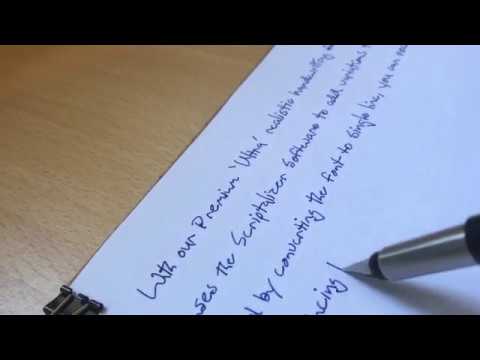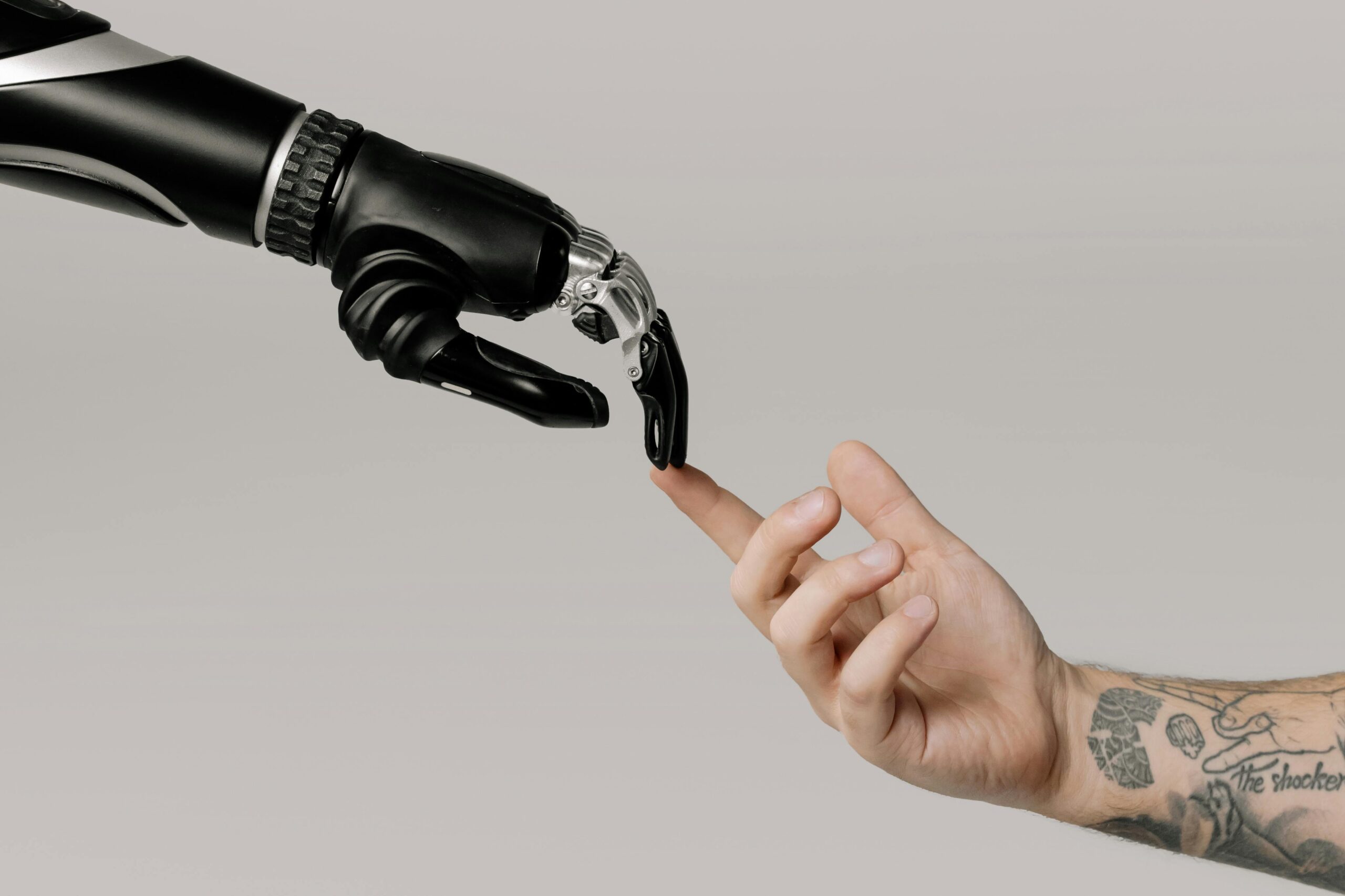AI-powered handwriting mimicry handwriting is a fascinating and rapidly developing field. Researchers have made significant strides in recent years, creating AI models that can convincingly replicate the unique penmanship of individuals. This technology has the potential to revolutionize various fields, from personalized greeting cards to secure document signing.
Here are some key points to understand about AI-powered handwriting mimicry:

How it works
- Machine learning: AI models are trained on large datasets of handwritten samples. These datasets typically include various writing styles, pen types, and writing speeds.
- Pattern recognition: The AI learns to identify the subtle patterns and nuances that make up an individual’s handwriting. This includes aspects like letter formation, spacing, slant, and pressure.
- Generation: Once trained, the AI can generate new handwritten text that closely resembles the style of the training data. This can be done in various formats, such as digital images, vector graphics, or even physical pen movements on robotic arms.
Applications Of AI-Powered Handwriting Mimicry
- Personalization: Imagine receiving a handwritten letter or card that looks exactly like it was written by a loved one, even if they are far away. AI can personalize these communications, adding a touch of warmth and authenticity.
- Accessibility: For people with disabilities that make it difficult to write by hand, AI can allow them to express themselves through handwritten notes and letters.
- Security: Handwritten signatures are often used for legal documents and contracts. AI can be used to create highly secure, personalized signatures that are difficult to forge.
- Creative applications: AI-generated handwriting can be used in various creative projects, such as designing greeting cards, invitations, or even artwork.
Challenges and concerns
- Ethical considerations: The potential for misuse of this technology, such as for forgery or fraud, must be carefully considered. Robust safeguards and regulations are needed to ensure responsible development and deployment.
- Accuracy and realism: While AI models have become quite adept at mimicking handwriting, perfectly replicating the subtle variations and complexities of human penmanship remains a challenge.
Here are some examples of AI-powered handwriting mimicry in action:
- Handwriting Transformers (HWT): Developed by researchers at Mohamed bin Zayed University of Artificial Intelligence, HWT is a powerful AI model that can mimic handwriting styles with remarkable accuracy.
- Calligrapher.ai: This online platform allows users to upload handwriting samples and then generate text in that style. It’s a popular tool for creating personalized greeting cards and invitations.
- Meta TextStyleBrush: This research project from Meta AI explores the use of AI to modify the handwriting style of text in images.
History And Development
The field of AI-powered handwriting mimicry is still in its early stages, but it holds immense promise for the future. As the technology continues to develop, we can expect to see even more innovative and creative applications emerge.
Pinpointing the exact start of research into AI mimicking handwriting is tricky, as advancements often build upon earlier work and progress can occur in various forms. However, we can identify some key milestones:
Early Efforts (1950s – 1980s):
- Pattern recognition for handwritten character identification: In the 1950s and 60s, research focused on recognizing handwritten characters for applications like optical character recognition (OCR). This laid the foundation for later work on analyzing and understanding handwriting styles.
- Robot handwriting systems: In the 1970s and 80s, researchers developed robots that could physically write using pen and paper. While not directly focused on mimicking specific styles, these projects contributed to understanding the mechanics of handwriting generation.
Advances in Machine Learning (1990s – 2010s):
- Machine learning for handwriting analysis: With the rise of machine learning in the 1990s and 2000s, researchers started using algorithms to analyze handwriting features and identify individual styles. This opened up new possibilities for generating and manipulating handwriting.
- Handwriting synthesis applications: By the 2010s, we saw the development of commercial applications that could synthesize handwritten text based on pre-defined fonts or user input. While not yet truly mimicking individual styles, these tools showcased the potential for personalization.

Recent Breakthroughs (2020s – Present):
- Deep learning models for handwriting style transfer: The past few years have seen significant advancements using deep learning models, particularly transformers. These models can learn complex patterns in handwriting data and transfer them to generate new text that closely resembles the target style. Examples include the Handwriting Transformers (HWT) project mentioned earlier.
- Increased focus on realism and security: Recent research prioritizes generating increasingly realistic handwritten text, addressing challenges like pen pressure variations and natural letter connections. Additionally, concerns about potential misuse for forgery are leading to the development of robust security measures.
Therefore, while research into AI mimicking handwriting has roots in the past, the most significant breakthroughs and practical applications have emerged in recent years, driven by advancements in machine learning and deep learning. We can expect even more exciting developments in the future as researchers push the boundaries of realism, personalization, and security in this fascinating field.
Also Read: Unleashing the Future: YouTube’s AI Voice Experiment





[…] Also Read: AI-Powered Handwriting Mimicry […]